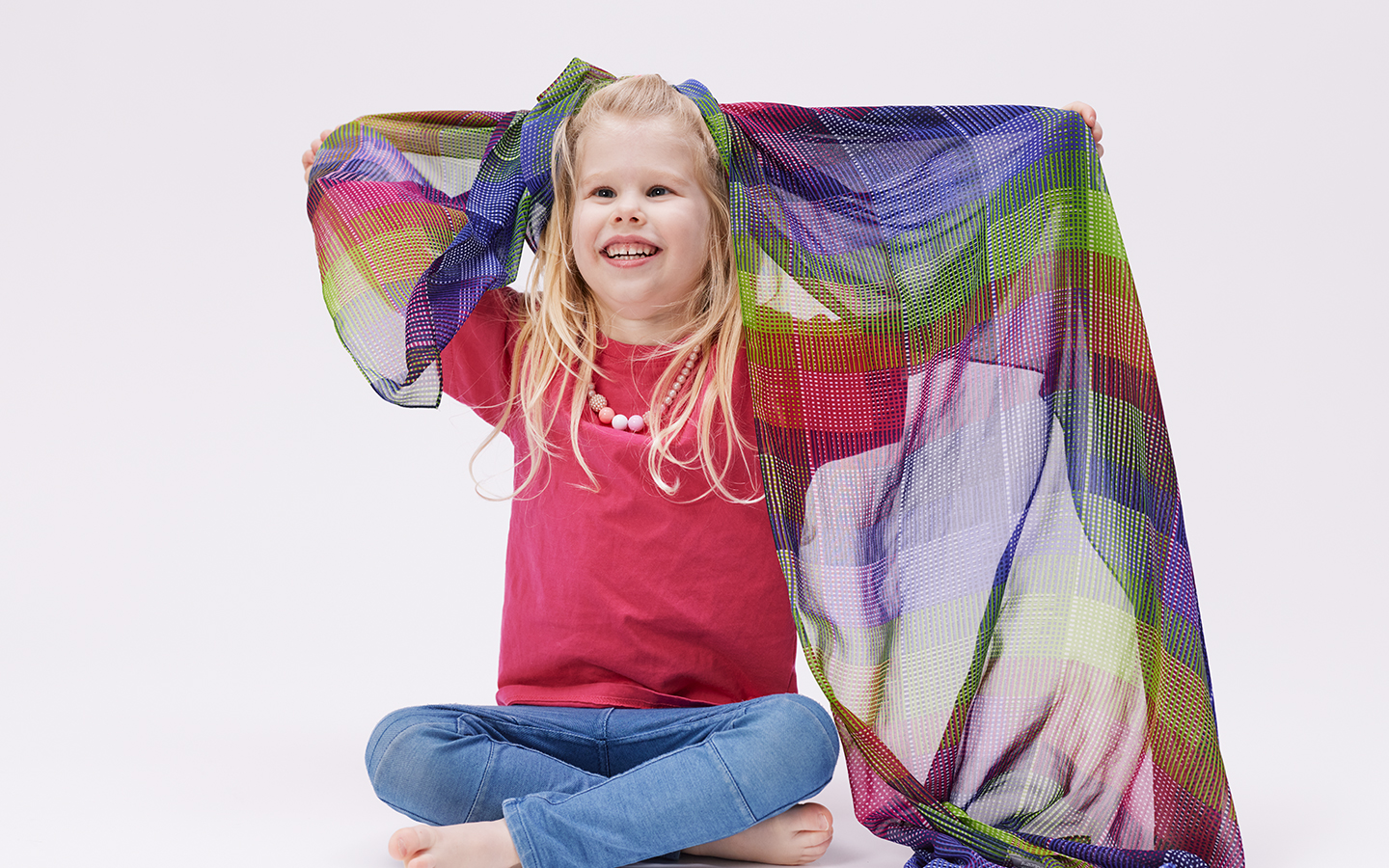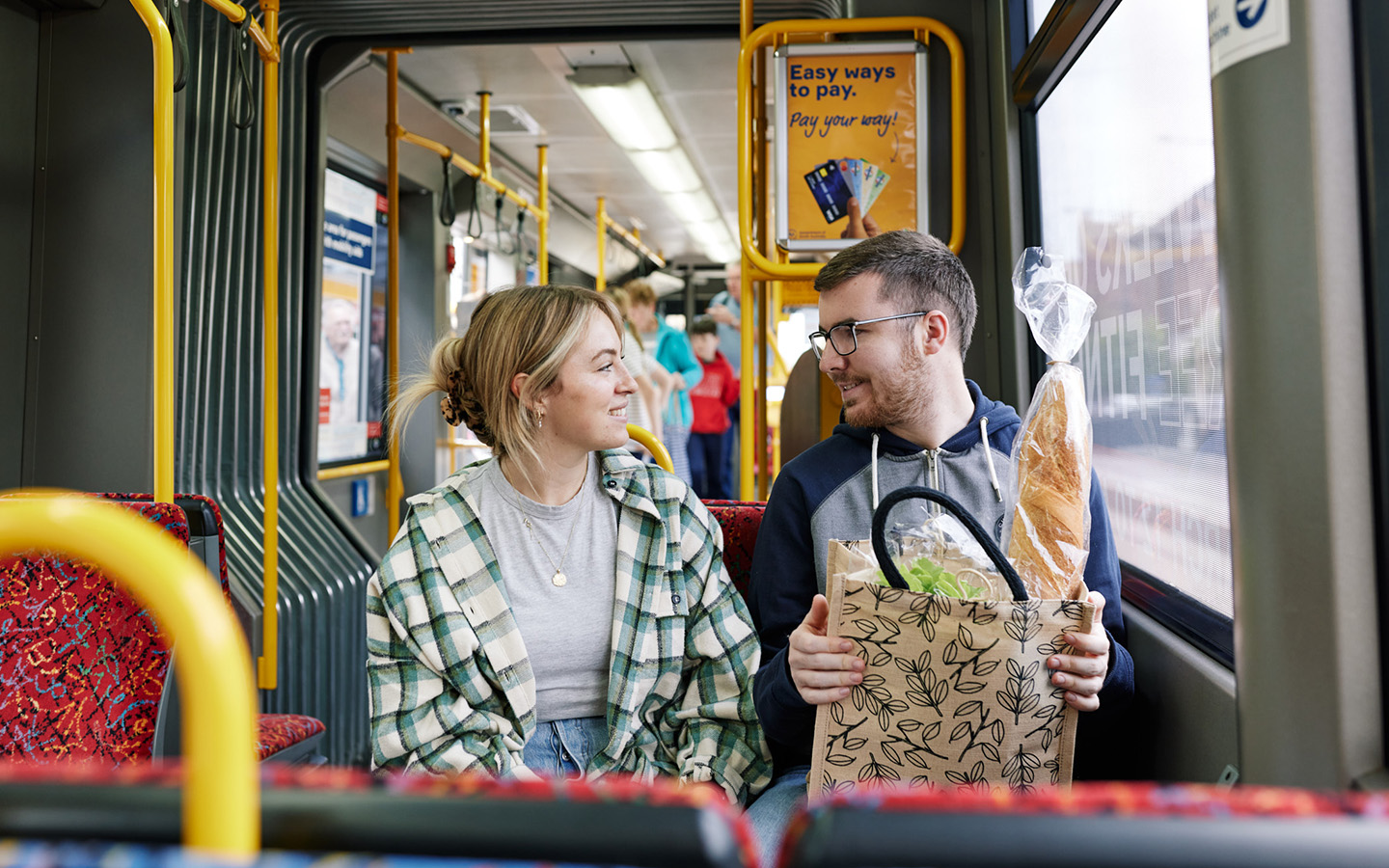Helpful Information
Drama to Connect: At Home Activity Package
access_time20min read

Is your child a budding actor? Or maybe they’d prefer to work behind the scenes? Become the performer, writer or costume designer your child has always wanted to be from the comfort of your living room – all while working towards their therapy goals.
We’ve put together this short three-part blog where we provide the tools, so you and your child can map a story, design a costume, and act out their very own stage-show. They can choose to do one activity or all three!
Benefits of drama as therapy
Drama therapy uses play, story, performance, improvisation and creative thinking techniques to support people living with disability to achieve their therapy goals.
In this short three-part blog, all activities are designed to support children living with disability as they work towards their therapy goals by providing them with the opportunity to:
- Express their feelings
- Develop social and relationship skills
- Work through problems
- Increase their sense of spontaneity
- Build their confidence and self-esteem
- Tell a story
- Improve written and verbal communication skills
Part 1 - Writing
Unleash your child’s Inner Storyteller and develop their written communication skills...
A great writer starts by mapping out their story – so let’s give it a go! Download our story map template or encourage your child to draw their own template. If your child doesn’t feel like writing, they could even draw their ideas.
Step 1: What’s your big idea?
Let your child’s imagination run wild. Maybe they woke up on a planet in outer space or perhaps they want to tell a story based on a real-life experience you’ve had.
Step 2: Develop the main character (the protagonist) and setting
Who is the main character and where are they? Maybe it’s an animal we’ve never seen before who’s been living underground or you’ve travelled back in time to the old days.
Step 3: The opening scene
Expand on what is unique about the main character and what they are doing? Maybe they just found a volcano full of diamonds or are they building a new rocket ship in their bedroom?
Step 4: The problem character (the antagonist)
This is a great place to introduce a new character! Think of a new character that creates a problem for the main character. Maybe a giant bird swoops down and steals their lunch or perhaps dinosaurs begin invading the earth.
Here are two examples of some of our all-time favourite stories, which have incorporated a ‘problem’ for the main character and might inspire your child’s story. Creating a problem for your character is a great way to keep your audience engaged.
- Little Red Riding Hood – read it here or watch it here
- Jack and The Bean Stalk – read it here or watch it here
Step 5: The resolution
Now ask your child which character saves the day? Maybe the main character discovers a hidden superpower or perhaps another character is introduced in the mix.
Step 6: The final scene
Now it’s time to think about the ending. What happened to the characters after the problem was resolved? Maybe the ‘problem character’ learnt a valuable lesson in honesty or being kind to others.
Nice work! You and your child have just completed what we call a ‘Story Map’. This is how writers and directors start when they have a new idea for an upcoming production.
The benefits of storytelling
Storytelling is a great form of Creative therapy and its benefits are endless. By allowing your child to be in control of the story, you’re giving them the opportunity to express their emotions without having to talk about them, which is a fantastic stress reliever. As your child incorporates another character into the story, they are learning to use their imagination and think beyond themselves while developing their creative thinking and problem-solving skills. Putting their thoughts on paper activates the neurons in their brain, which inspires productivity even after they have finished writing.
Part 2 - Costume Design
Develop your creative thinking through costume design...
Here you are going to tap into your child’s artistic side as they design a costume for the character in the great story; or if they didn’t complete part 1, they can pick their favourite movie character. All they need is some coloured pencils and a printer. If you don’t have a printer, your child can draw your own templates.
The role of a costume designer is to make accessories and clothing for actors in film, theatre and television productions. As a costume designer, it’s important to draft multiple options for yourself. This gives you a chance to compare your designs and choose the best one, which is a great way to develop your child’s decision-making skills.
Step 1: Design three options for your chosen character – remember to be creative and have fun!
Step 2: Once your child has finished drawing your designs, think about how each design relates to the character, such as their age and personality.
Step 3: Now select the final design based on which one is best suited to the character. Costume designers often pick a costume for a character based on the role and personality of their character rather than only what ‘looks the best’.
Step 4: It’s up to your child if they’d like to turn their mask into something they can wear. One way is to glue a pop stick or straw to each side, so they can hold it up to their face.
Therapeutic benefits of designing costumes
Designing costumes is a fantastic way for your child to express themselves as well as reap great therapeutic benefits. Design engages your child with their creative side, which releases endorphins in their body and makes them feel happy and ready to combat negative emotions. As they are sketching those awesome designs, they’re improving their fine motor skills. Seeing their completed work can provide them with a sense of accomplishment, which can also boost their confidence and self-esteem.
Part 3 - Acting
Express yourself through acting...
Below is an activity where your child can practise some of the skills they’ve been learning at Novita. Maybe they’ve been working on their confidence, language and communication skills or perhaps they’ve been building their physical agility and want to put these skills to use. Here’s their chance, let’s get started!
Tip: When you are acting, it’s important to understand all personality traits of your character, such as how they walk and talk as well as what their role is in the story.
Step 1: Let’s think of two characters in a story who have opposite personalities; for example Little Red Riding Hood and the Wolf.
Step 2:Try acting out the below phrase in a way the Wolf would act. Remember to think about the tone of voice, body language and the expressions on your child’s face (hint: the Wolf isn’t very nice).
Phrase: “I am going out to look for some lunch; I wonder what I will find!”
Step 3: Now repeat the phrase taking on all characteristics of Little Red Riding Hood (hint: Little Red Riding Hood is very polite). Wow – I bet they sound very different – this is what we call ‘character development’.
This exercise shows us that when we are acting, it’s not always about the words we say but how we say it. It’s important to remember this when we are communicating with the people in our own life, whether it be a teacher, parent, therapist or friend.
Step 4:If your child is buzzing for another chance to practise their acting, they can act out the great story they just mapped out! How about they play the main character and you play the problem character. Once you have finished acting out the story, look at how you can apply the lesson learnt in the final scene. If it was about being kind to others, perhaps your child could make a card and post it to a friend.
Benefits of creative expression through acting
Acting encourages self-awareness; as your child learns to listen to others before giving a response, they are developing their social skills. By engaging physically with their body, they’re becoming more comfortable with themselves. Engaging with others through storytelling supports your child’s understanding of the world around them while providing the opportunity to express their feelings through the character they ‘re playing.
On the way to Broadway!
Your child has learnt so many valuable skills while continuing to work towards their therapy goals. By mapping a story from start to finish, designing a costume piece and staging their own show and acting in it, they have developed new ways to communicate their thoughts, feelings and ideas whilst building their creativity, problem solving and social skills.
Our Drama to Connect School Holiday Therapy Group is on again these school holidays and is a great way to continue working towards your child’s therapy goals, whilst having fun at the same time!
For more information on our School Holiday Therapy Groups and to register click here or contact our Customer Experience Team on 1300 668 482 or [email protected]


